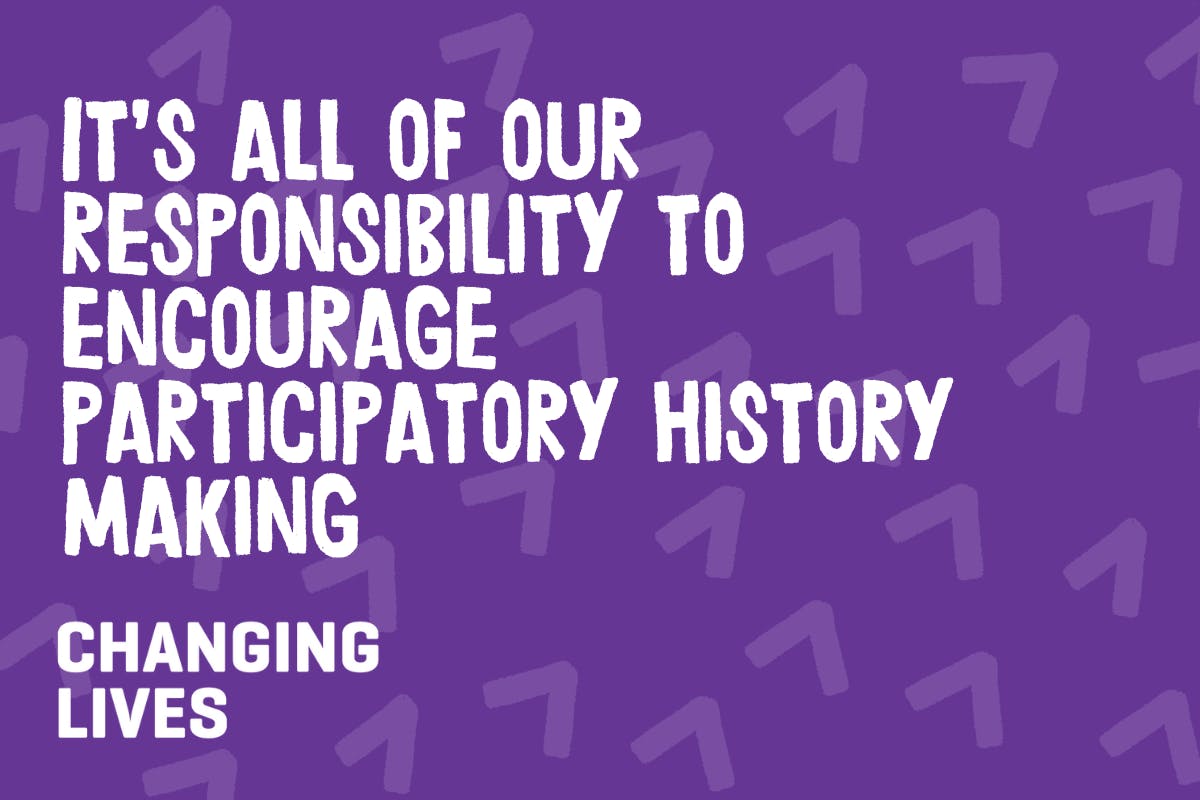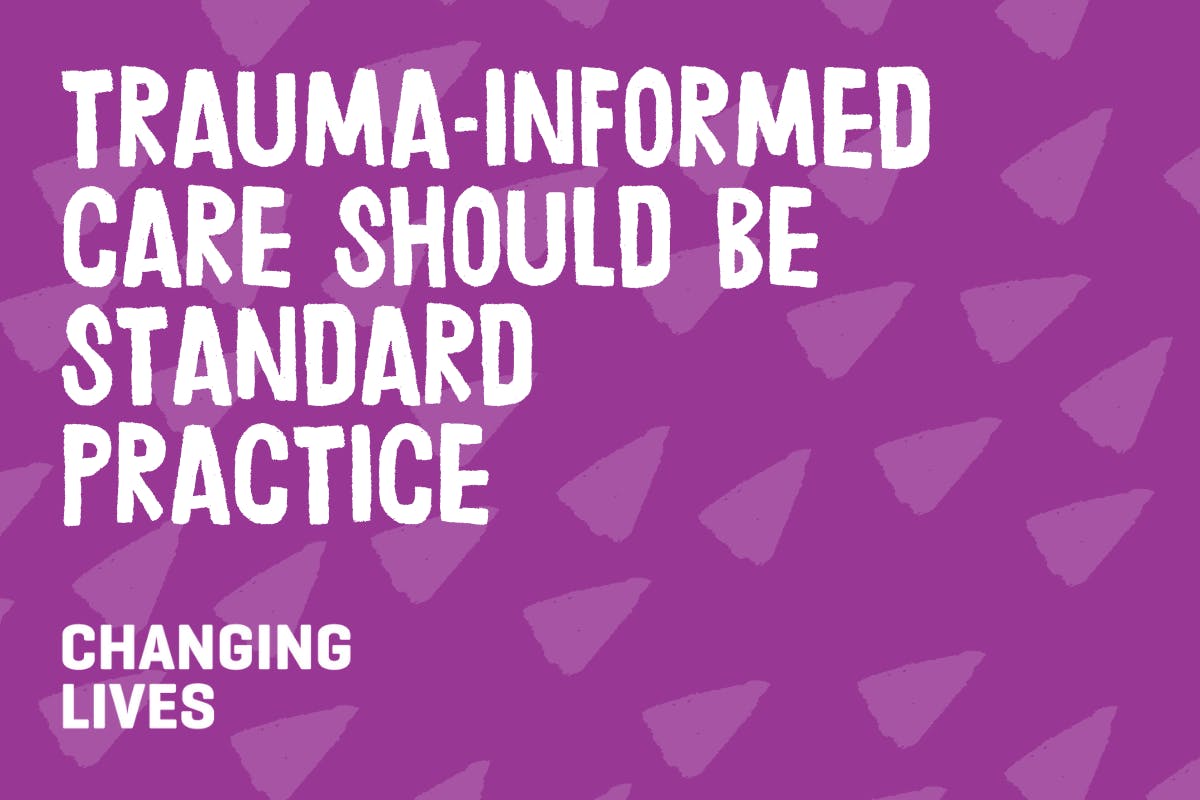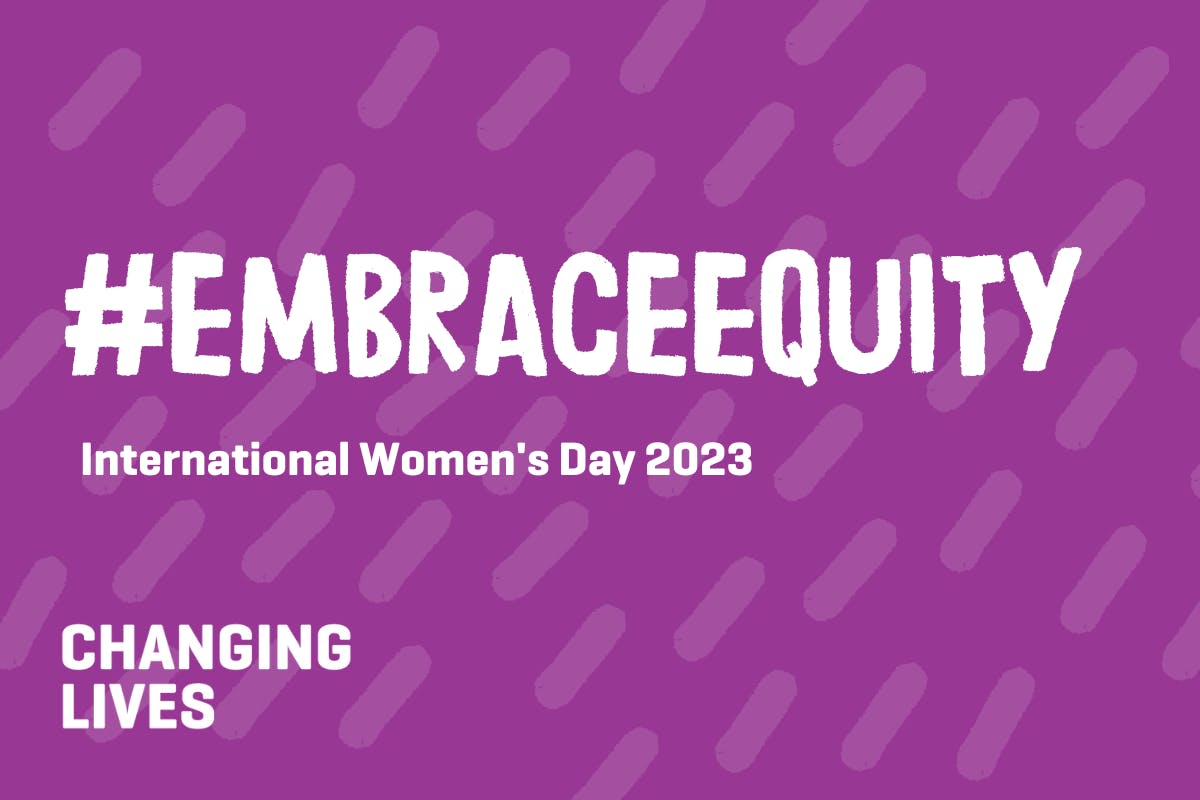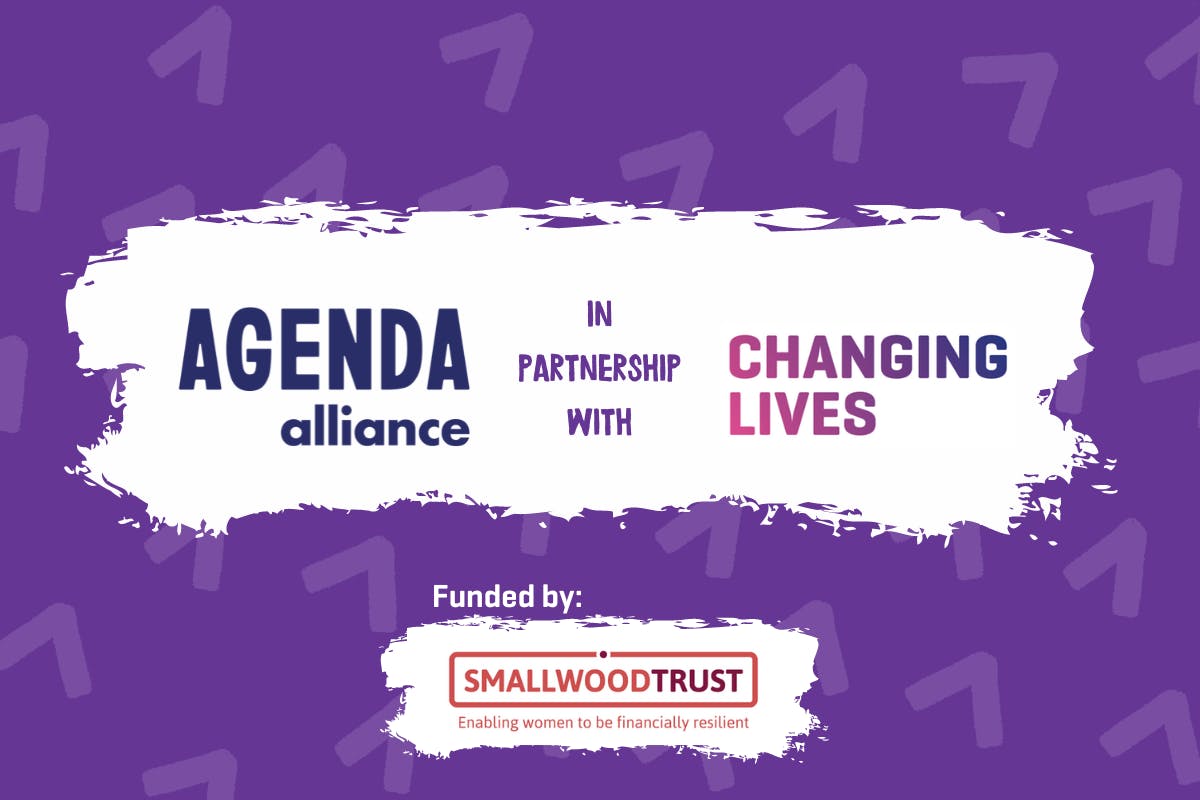In this blog, Criminal Justice Service Manager Dawn Harrison discusses the importance of representation and inclusion within arts, culture and heritage.
What if all that was written about you in history was your criminal record?
Working in the field of criminal justice you are repeatedly reminded ‘if it’s not written down it didn’t happen.’ Yet, there are huge parts of people’s stories not recorded. This does not mean they never happened. In fact, it is highly likely the parts that people do not talk about are the experiences which have had the most impact. Understanding this is the first step in ensuring those people and their stories that would be forgotten are included in participatory history making.
The narrative which you have left behind dictates who you will be seen as in history, the contribution you made, the laws you have broken both formal and informal.
I have spent years hearing the women we support say, "These places are not for people like us," about arts, culture and heritage venues. It’s not just about the intimidating building, the unwritten code of conduct and expected behaviours which the women we support are unsure of or the cost, although they all play a part. The underlying reason lies far deeper - Women we support do not feel the images they see or historic artefacts represent them or speak to their own story.
Yet some of these misconceptions are not perpetuated by the venues themselves, if we can support people over the doorstep and demonstrate a positive engagement with history, or share a story which resonates, then this is the second step in establishing participatory history making and a clear demonstration of setting the tone.
"So the next time you visit an arts, cultural or heritage venue, ask yourself - Who is not here & why?"
The third and final step is about enabling the person to share their story safely, do no harm yet do not lose their voice. It’s about saying ‘I value the time I have with you, and look what I want to show you’. It’s about saying ‘I’m interested in your opinion on this’. Better still, ‘This place is here for you long after I am not’ and ‘Take the time to notice how you feel in this place’. And if the person does not feel represented then asking the question, ‘What would need to be here for that to change?’ then linking in with the venue to discuss your findings.
Finding people a new place to be can often come coupled with opportunities to grow, a chance to change the narrative or at the very least maintain some level of control over actively participating in your own history, rather than being written about.
Far from being artistically bankrupt, the people we support each have skills and interests, but they have not yet been provided with the opportunities to explore these. It’s all of our responsibility to encourage participatory history making. To ensure those who are not as vocal still have their voice heard. That those who are fighting their own monsters have places to be and grow. That people are shown the tools needed to change their own narrative and leave behind a new story for history to observe.
So the next time you visit an arts, cultural or heritage venue, ask yourself - Who is not here & why?






